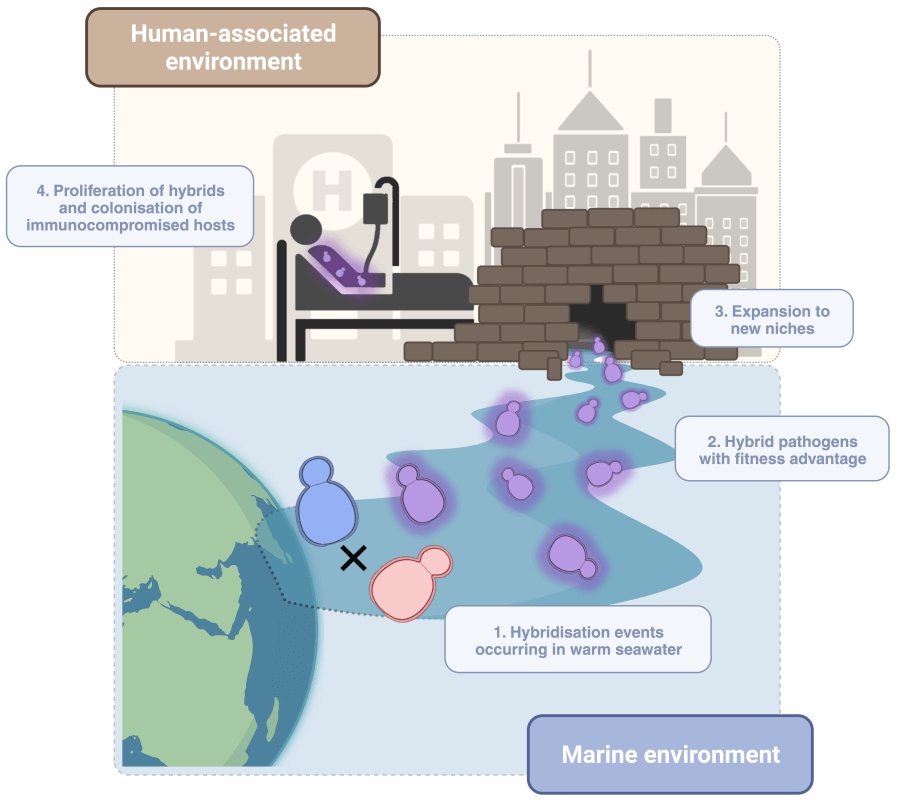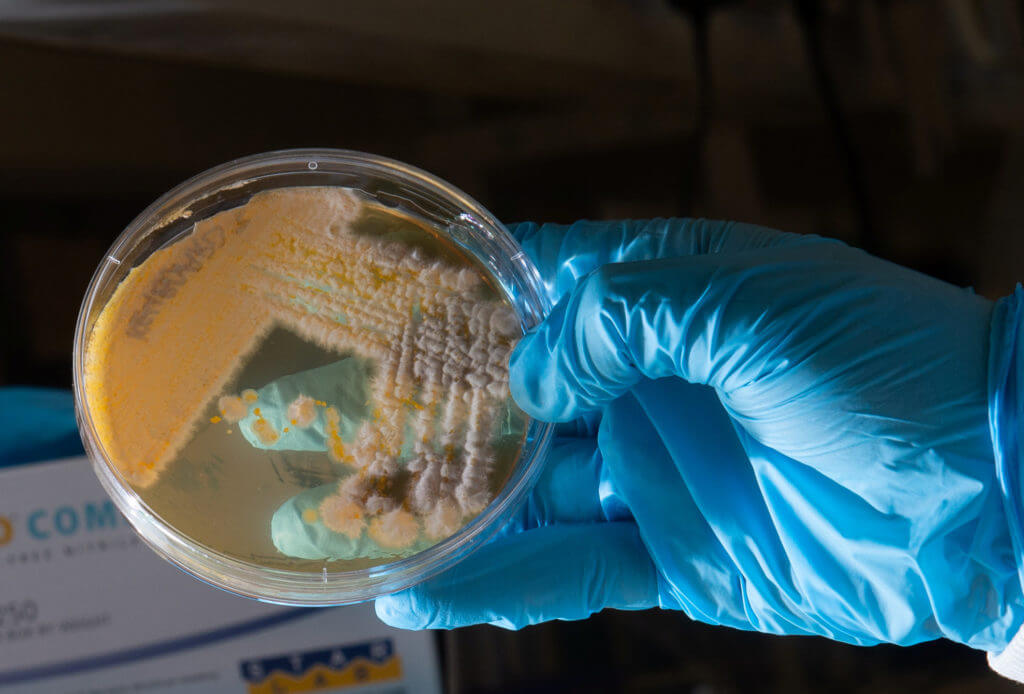BARCELONA, Spain — Could HBO’s dystopian hit show “The Last of Us” end up becoming a reality? Spanish researchers are issuing a dire warning that the climate crisis could potentially trigger the outbreak of new and lethal infectious diseases, including fungi.
Increasing temperatures, changes in ecosystems, globalization, and human activities like the extensive use of fungicides and antibiotics in agriculture can create conditions that foster the emergence of harmful microorganisms.
Scientists are now focused on understanding how these potential pathogens evolve, acquire their virulence, and develop the ability to infect humans. This knowledge is crucial for monitoring and preventing future deadly epidemics, similar to the recent COVID-19 pandemic caused by the emergence of the SARS-CoV-2 virus.
Researchers from the Institute for Research in Biomedicine (IRB Barcelona) and the Barcelona Supercomputing Center – Centro Nacional de Supercomputación (BSC-CNS) have identified a member of the Candida family of fungi as a potential pathogen. Candida fungi are known to cause infections such as vaginal candidiasis or systemic candidiasis, which can be fatal for individuals with weakened immune systems.

Scientists discovered that Candida orthopsilosis is a hybrid microorganism that originated from two other parental fungi in a marine environment. This hybridization process conferred certain properties, including the ability to infect the human body and virulence, making it a potential threat to global health.
This finding provides insight into how certain microorganisms adapt to colonize humans and cause diseases.
“We have spent years trying to answer the question of what makes some species pathogenic for humans and others, such as those we have in our microbiome, not,” says study author Dr. Toni Gabaldón, ICREA researcher, in a university release. “Our results show that hybridization — a process that has received little attention so far — allows the rapid acquisition of properties that allow human infection. Therefore, in fungi, this process could be a shortcut to conquer a species like ours.”
The study draws parallels to popular culture, reminiscent of the miniseries “The Last of Us,” where a fungus rapidly evolves and gains the capacity for infection, transmission, and virulence, ultimately causing devastation to humanity.
There are currently over one million species of fungi, most of which thrive in temperate or cool environments, including soil, aquatic settings, trees, plants, and various animals. Since the 1980s, the number of emerging infectious diseases has increased by nearly seven percent per year, with fungi increasingly recognized as a significant global health threat. Rising global temperatures have made some fungi tolerant to warmer environments, including the human body.
For instance, Candida auris is a fungus that has adapted to infect humans, potentially becoming resistant to multiple drugs and spreading efficiently in healthcare settings. This fungal infection has caused numerous outbreaks worldwide, with mortality rates ranging from 30 percent to 60 percent. Scientists suspect it may be the first microorganism to become a pathogen due to climate change.

Similar concerns exist for C. orthopsilosis. The research team examined nine yeast samples isolated from the marine environment near Qatar’s coast in the Arabian Sea. Genomic analysis revealed that most of these fungi were hybrids, suggesting they may have undergone adaptations that make them more competitive than their parental strains.
These marine microorganisms were found to be closely related to clinical samples, indicating that hybridization and the emergence of this new microorganism likely occurred in the sea before affecting humans, though the exact process remains a mystery.
“Our results show us that the genetic characteristics that make the hybrids competitive and able to survive in the marine ecosystem could be advantageous for doing the same in humans,” notes Dr. Gabaldón.
All the marine samples in the study were isolated in subtropical waters with temperatures ranging from 35 degrees Celsius to 44 degrees Celsius.
“We saw that the optimal temperature at which strains of C. orthopsilosis grow is 35 degrees Celsius and that they could survive up to much higher temperatures,” adds study first author Dr. Valentina del Olmo, a postdoctoral researcher in Dr. Gabaldón’s group. “This observation is worrying because their tolerance surpasses the thermal barrier of mammals, which until now had acted as a protective shield, and paves the way for infecting humans.”
“With the continuous increase in global temperatures and the overuse of anti-fungal drugs in agriculture and clinical practice, the appearance of fungi in the environment capable of overcoming the thermal barrier of mammals, acquiring resistance to fungicidal drugs and becoming a potential threat will increase,” the researchers conclude.
The study is published in the journal Nature Communications.
You might also be interested in:
- By 2100, climate change could destroy the ocean’s mysterious ‘twilight zone’
- ‘Flesh-eating’ bacteria spreading across East Coast could explode from climate change
- Dead future: Scientists know when extreme heat will wipe out all humans

